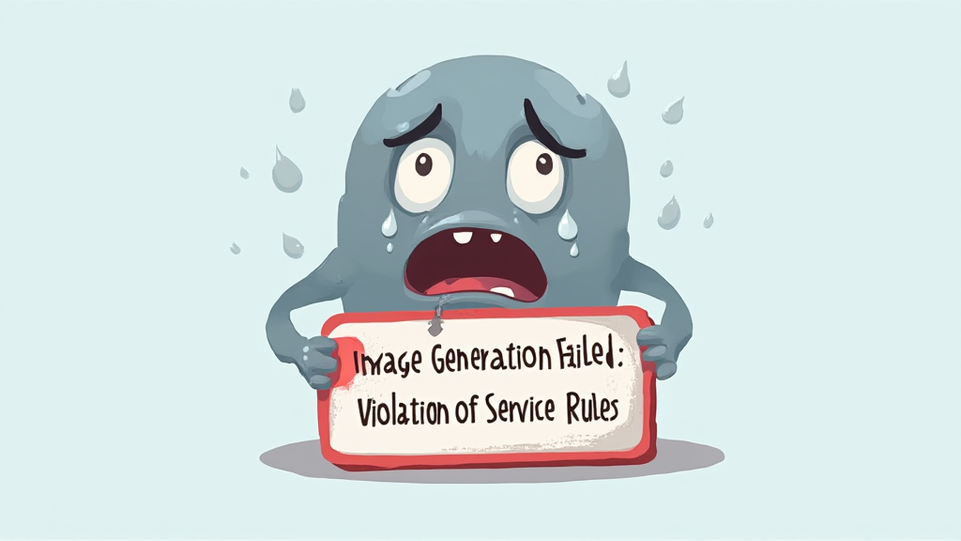Introduction to Inflation and Its Impact on Savings
Understanding Inflation: Causes and Effects
Inflation occurs when the general price level of goods and services rises, eroding purchasing power. This phenomenon can significantly impact savings, as the real value of money diminishes over time. Consequently, individuals may find their savings unable to keep pace with rising costs. It’s crucial to understand this dynamic. Many people overlook inflation’s effects. As a result, they may face unexpected financial challenges.
The Historical Context of Inflation and Savings
Historically, inflation has fluctuated, influencing savings behavior. During periods of high inflation, individuals often seek alternative investments to preserve capital. This shift can lead to a diversification of assets. Many fail to recognize these trends. Understanding past inflationary periods is essential for informed decision-making. Knowledge is power in finance.
The Role of Cryptocurrency in an Inflationary Environment
How Cryptocurrencies Can Hedge Against Inflation
Cryptocurrencies offer a unique hedge against inflation. They provide a decentralized alternative to traditional currencies. This can protect purchasing power during economic instability. Many investors are exploring this option. Diversification is cay in financial planning. It’s a smart strategy to consider.
Comparing Cryptocurrencies to Traditional Assets
Cryptocurrencies and traditional assets serve different purposes in a portfolio. While traditional assets like stocks and bonds provide stability, cryptocurrencies offer potential for high returns. This volatility can attract risk-tolerant investors. Many are drawn to the innovation of digital currencies. Understanding these differences is crucial. Knowledge empowers better investment choices.
Diversifying Your Investment Portfolio
The Importance of Asset Diversification
Asset diversification mitigates risk and enhances returns. By spreading investments across various asset classes, he can reduce exposure to market volatility. Key asset classes include:
This strategy promotes stability. Many investors overlook its significance. A balanced portfolio is essential.
Incorporating Cryptocurrencies into Your Portfolio
Incorporating cryptocurrencies can enhance portfolio diversification. He should consider aklocating a small percentage to digital assets. Recommended allocations might include:
This approach balances risk and reward. Many investors underestimate crypto’s potential. A well-rounded strategy is vital.
Stablecoins: A Safe Haven in Volatile Markets
What Are Stablecoins and How Do They Work?
Stablecoins are digital currencies pegged to stable assets, typically fiat currencies like the US dollar. This peg helps maintain price stability, making them less volatile than other cryptocurrencies. He can use stablecoins for transactions and as a store of value. Many investors find them appealing. They provide liquidity in uncertain markets. Understanding their mechanics is essential.
Using Stablecoins to Preserve Value
Using stablecoins allows individuals to preserve value during market fluctuations. They offer a reliable alternative to traditional currencies. By maintaining a fixed value, stablecoins mitigate the risks associated with volatility. Many investors appreciate this stability. He can easily convert assets into stablecoins. This strategy enhances liquidity and security.
Investing in Precious Metals as a Complement
The Historical Value of Gold and Silver
Gold and silver have historically served as safe-haven assets. They retain intrinsic value during economic uncertainty. Many investors turn to these metals for diversification. Precious metals can hedge against inflation effectively. He should consider them in his portfolio. Their tangible nature provides security. Understanding their historical significance is crucial.
How to Integrate Precious Metals with Crypto Investments
Integrating precious metals with crypto investments enhances portfolio stability. He can allocate a portion of his assets to both. This strategy balances the volatility of cryptocurrencies. Many investors find this approach effective. Diversification reduces overall risk exposure. A mixed portfolio is often more resilient. Understanding market dynamics is essential.
Real Estate: A Tangible Asset for Inflation Protection
The Benefits of Real Estate Investment
Real estate investment provides a tangible asset that can protect against inflation. Property values typically rise over time, preserving purchasing power. He can generate rental income, which often increases with inflation. Many investors appreciate this steady cash flow. Real estate also offers tax advantages. Understanding local market trends is crucial.
Leveraging Real Estate with Cryptocurrency
Leveraging real estate with cryptocurrency can enhance investment strategies. He can use digital assets for down payments or transactions. This approach increases liquidity and access to diverse markets. Many investors find this combination appealing. It allows for faster transactions and lower fees. Understanding both markets is essential for success.
Building an Emergency Fund in a Crypto World
Why an Emergency Fund is Essential
An emergency fund is crucial for financial stability. It provides a safety net during unexpected events. He should aim to save three to six months’ worth of expenses. This fund can be held in stable assets. Many overlook its importance in a crypto environment. Quick access to funds is vital. Financial security reduces stress significantly.
Strategies for Creating a Crypto-Based Emergency Fund
Creating a crypto-based emergency fund requires careful planning. He should consider allocating a portion of his assets to stablecoins. This provides liquidity and minimizes volatility. Additionally, he can set up automatic transfers to a dedicated wallet. Regular contributions enhance fund growth. Many find this strategy effective. Understanding market conditions is essential.
Conclusion: Taking Action Against Inflation
Summarizing Key Strategies for Protection
To protect against inflation, he should diversify investments. This includes cryptocurrencies, precious metals, and real estate. Each asset class offers unique benefits. Many investors overlook this strategy. A balanced portfolio enhances financial security. Understanding market dynamics is crucial for success. Knowledge is key in investment decisions.
Encouraging Proactive Financial Management
Proactive financial management is essential for combating inflation. He should regularly review and adjust his investment strategy. Key actions include:
These steps enhance financial resilience. Many underestimate the importance of planning. Knowledge empowers better financial decisions. Staying informed is crucial for success.
